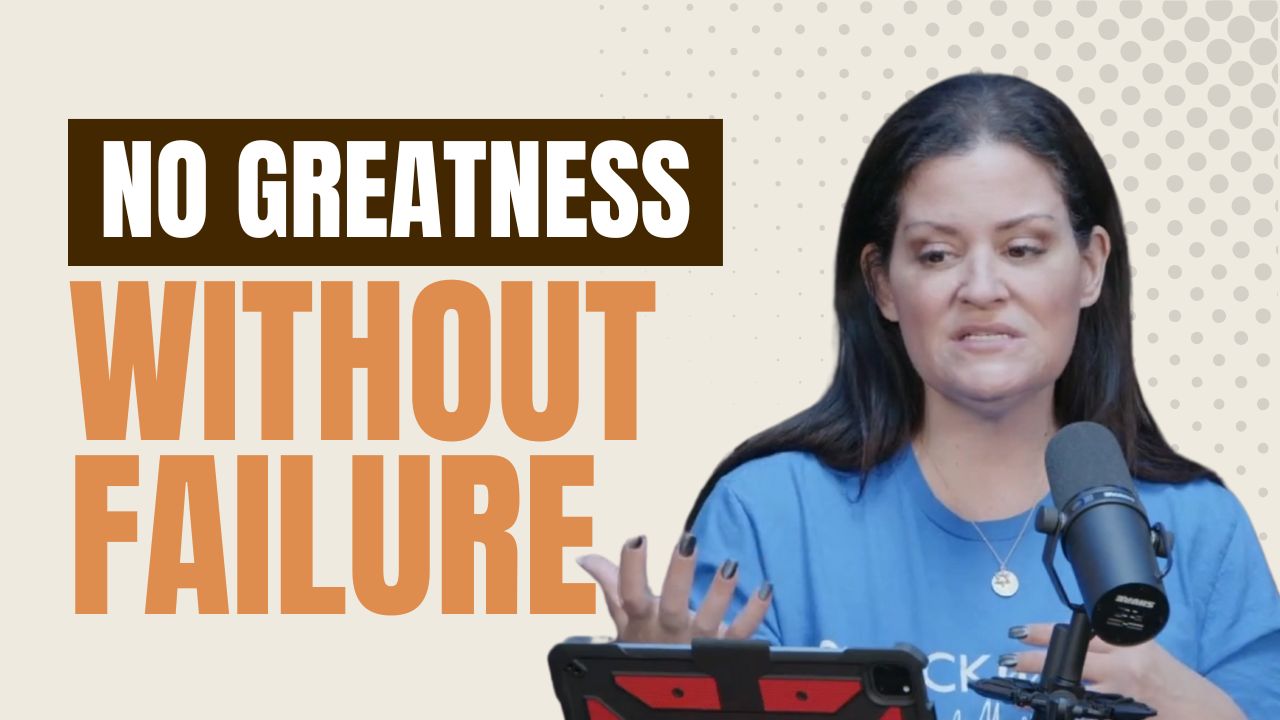There comes a moment in every operator’s life where you’re not choosing between good and bad.
You’re choosing between bad and worse.
Between getting fined or getting sued.
Between losing a client’s trust or losing the campaign.
Between taking the heat today or setting the entire team on fire tomorrow.
And in that moment—when the data sucks, the time’s up, and you’re the last stop on the decision train—what you do next separates real operators from wannabe CEOs playing house.
This post is not for people who think every business decision can be made with a 7-tab spreadsheet and a 2-week delay. This is for the leaders in the trenches. The ones holding the grenade and choosing which direction to throw it.
Let’s Get One Thing Clear: You’re Not Always Going to Win
Great operators are not great because they always make the right call.
They’re great because:
- They make the best possible bad decision with speed.
- They own the outcome—especially the ugly ones.
- They communicate upstream and downstream with brutal clarity.
- And they build teams that don’t fold under pressure.
Emma said it best in this Special Ops Podcast Episode:The Decision Room
“Sometimes the decision is between ‘fcked’ and ‘more fcked’. And I still have to make the call. I’m not going to ghost my responsibilities just because the options aren’t pretty.”
Let that sink in.
Real Talk: The 5-Step Playbook for Lose-Lose Situations
Here’s exactly how operators at Shockwave navigate high-stakes decisions when there is no right answer:
Step 1: Get Ruthlessly Real About the Outcomes
You’re not deciding in theory. You’re deciding in blood.
Emma runs every decision—good, bad, ugly—through a personal filter:
- What are the 2–3 possible outcomes?
- Which ones are non-starters? (legal, financial, moral)
- Which one gets me closest to the desired endgame?
“If I can get 60% to the outcome I want, I go for it. If all options suck, I still choose one and course-correct later—but I don’t freeze.”
This isn’t optimistic thinking. It’s brutal realism.
Step 2: Make It Tangible—Fast
Richard’s method? Translate theory into action.
Don’t float in abstract concepts. Map the moves.
- What happens immediately after you make the call?
- Who gets impacted? What tasks get triggered?
- What fire will you have to put out, and how fast?
By making the choice real, you force your brain out of analysis paralysis and into operational planning.
“I ask myself—if I go with this path, what exactly will I need to do next? If I can’t answer that, I’m not ready to choose.”
This is how you keep decisions from being emotional guesses—and turn them into executable pathways.
Step 3: Communicate with Context, Not Excuses
When you’re about to make a shitty call, don’t disappear.
Emma’s style? Extreme ownership + proactive clarity.
She doesn’t wait to get caught. She tells the client, team, or leadership:
- “Here’s the decision I made.”
- “Here’s why I made it.”
- “Here’s how it might blow up.”
- “If you disagree, tell me now—but otherwise, this is what we’re doing.”
“If the decision is going to make you work the weekend, I’ll tell you. But if you think I’m wrong, now’s your chance to say something.”
No pretending. No sugarcoating. Just a heads-up that you’re taking the wheel—and you might hit a ditch.
This kind of clarity builds massive trust inside your org. Your team knows you’ll take the hit with them, not blame them later.
Step 4: Protect Relationships When the Fallout Hits
The call didn’t work out. You made the best bad move… and it still blew up.
Now what?
You don’t point fingers. You don’t dodge calls. You don’t gaslight.
You explain your thought process.
You say:
- “Here’s how I thought through this.”
- “Here’s what I missed or misjudged.”
- “Here’s what I’ll do differently next time.”
And most importantly:
You protect your people from shame, but not from responsibility.
“We never beat people up for a wrong call. But we do ask them to explain how they made the decision—because that’s where the growth is.”
Trust doesn’t come from being right. It comes from being willing to be wrong—and showing your math when you are.
Step 5: Debrief Harder Than You Decide
Shockwave doesn’t let a tough call fade into the background.
They do a decision debrief.
A deliberate, focused conversation where they dissect:
- What was the goal?
- What options were considered?
- What intel was missing?
- What part of the thinking was flawed?
- What’s the protocol moving forward?
“We don’t celebrate the 90,000 things that went right. We zoom in on the one miss—and use it to sharpen the next call.”
This is how a culture of high-performance decisions gets built.
In the aftermath of bad decisions, your debrief is your insurance policy. It prevents you from paying the same dumb tax twice.
How Shockwave Built a Culture That Doesn’t Fear Bad Calls
You know what most businesses do when someone screws up?
- Hide it
- Blame it
- Avoid it
- Patch it with more bureaucracy
Shockwave flips the script.
They built a decision-making culture where:
- Bad calls are expected—but unexplained ones aren’t.
- Team members are trained to operate at the edge of their authority.
- Quick 5-minute standups are used to pressure-test live decisions.
- The only sin is indecision and silence.
That’s how you build a team that moves, even when the map is blurry.
“We’ve made a ton of money for clients by making calls they didn’t have the guts to make. And yeah, we’ve lost some too. But we’ve earned the right to keep deciding.”
This Is the Game. Don’t Pretend It’s Not.
If you’re building or leading a business, you will face:
- Clients who flip expectations mid-launch.
- Legal gray zones with zero precedent.
- Tech platforms breaking 48 hours before go-live.
- Internal drama that explodes during high-stakes execution.
When the room gets hot, you either decide, or the game decides for you.
You can’t always choose the outcome.
But you can choose to own the outcome, outthink the next one, and keep your people sharp in the fire.
🎧 Want to Hear This in Action?
Inside this episode:
- Real-world breakdowns of bad vs. worse decisions
- Ops wisdom from 35+ companies and 40+ launches
- Why most businesses are still terrified of letting their team make real calls
A Recap:
- Decision-making under pressure isn’t about being right. It’s about being ready.
- The best operators don’t freeze—they fire.
- Communicate your logic, not your apologies.
- Debrief relentlessly to get better every time.
- And if all your options suck… pick the least painful one and own it.
Your Move:
- Share this with the operator or founder who always stalls when things get messy.
- Listen to the Special Ops Episode: The Decision Room.
- Then get the Visionary Vault to download the assets to train your team for the next worst-case scenario.
You don’t need perfection. You need decisive execution under fire.
And if that’s the game you’re playing? This episode is your war manual.

